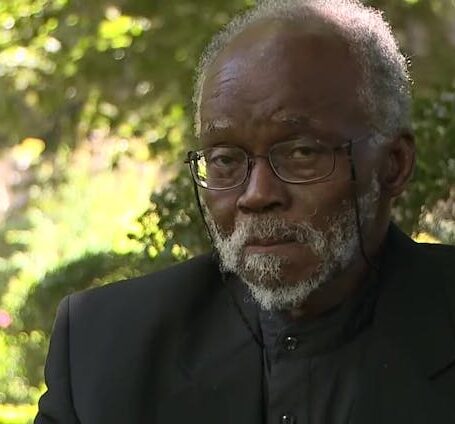REF 2014: Discipline Mattered in How Impact Calculated

This is how they calculated in 1877. Things changed in 2014.

This article by Tamar Loach and Martin Szomszor originally appeared on the LSE Impact of Social Sciences blog as “What impact evidence was used in REF 2014? Disciplinary differences in how researchers demonstrate and assess impact” and is reposted under the Creative Commons license (CC BY 3.0).

The percentage of REF 2014 Impact Case Studies, by main panel, that contain categorized types of evidence. (Source: Loach, Tamar; Adams, Jonathan; Szomszor, Martin (2016): Digital Research Report: The Societal and Economic Impacts of Academic Research – International perspectives on good practice and managing evidence. Digital Science. figshare. https://dx.doi.org/10.6084/m9.figshare.3117928.v2)
At the high level we are able to access the association between scores and evidence types can be tested. The correlations between the amount of evidence of a given type, and the grade point average (GPA) score for a set of case studies is shown in the colored table below (again reproduced from our recent report). This looks at average behavior and obscures outliers (which may themselves be more interesting than group trends) but we can see differences across panels, and use these differences to point to the benefit of flexibility in assessment systems. We saw that arts and humanities case studies were those most likely to include media as evidence of impact. But within Arts and Humanities, use of media does not affect the GPA associated with a case study set in a significant way.
In contrast, the reports used in nearly 40 percent of Medical and Health case studies have a statistically significant positive correlation with GPA. Although not a causal link, it does seem that use of reports as impact evidence is associated with highly scoring impact case studies across the panels. On the other hand testimonials seem to be associated with higher scores in Arts and Humanities but are negatively related to score in the Medical Sciences.

Spearman correlation between the indicative score and the amount of various types of evidence. There is a column for each subject panel. (Source: Loach, Tamar; Adams, Jonathan; Szomszor, Martin (2016): Digital Research Report: The Societal and Economic Impacts of Academic Research – International perspectives on good practice and managing evidence. Digital Science. figshare. https://dx.doi.org/10.6084/m9.figshare.3117928.v2)
In our report we conclude that the case study format allowed a variety of evidence to be displayed, and that these types appeared – and were assessed – differently across research communities. The evidence ontology we use neglects less common forms of evidence, and the limited availability of scores means we’re really looking at averages and associating them with individual case studies. Nevertheless, we see different practices across broad subject categories. We also know that there is great variety in the impact case study database, and that there are multifarious differences across individual case studies. We use this variety to argue that the surprises and outliers in the impact case studies provide the most value and interest, and to encourage diversity in content, certainly not ruled by a formulaic impression of what good impact or good impact evidence looks like.






























































































